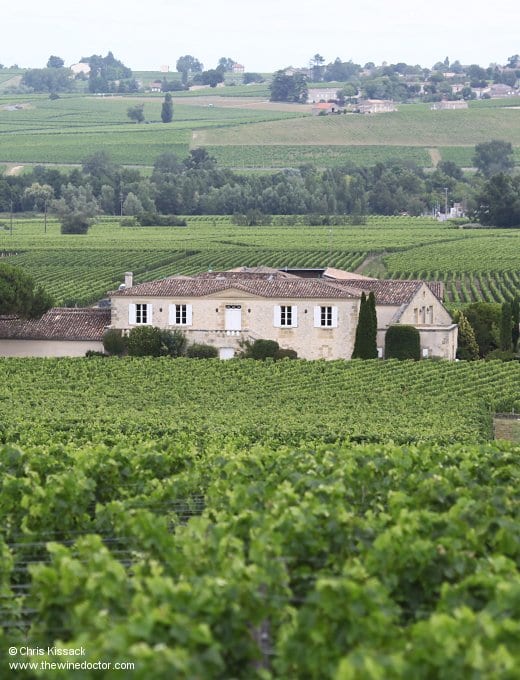Château Larmande
Hidden in the northern parts of the St Emilion appellation, nestled among some familiar names including Château Soutard, Château Cadet-Bon, Château Fonroque and Clos de l’Oratoire, we can find one of the region’s most chronicled estates. Despite the St Emilion region’s long and gilded history of viticulture, which evidence suggests dates to the time of Roman occupation, few of the many châteaux dotted around the periphery of the town can produce any solid evidence pertaining to their vineyards. In many cases those that can, such as Château Franc Mayne or Château Fonroque, only really get going during the 17th or 18th centuries, what agricultural activities there were on these estates before this time little more than a matter of guesswork.
One estate, however, does provides a more certain viticultural narrative. The data points may still be few, but they stretch back not just generations, but for hundreds of years, the tale beginning as long ago as the 16th century. The estate in question is, of course, Château Larmande. This profile details what I have uncovered concerning this château, its early years, and its proprietors through the ages, as well as the state of play here today.

